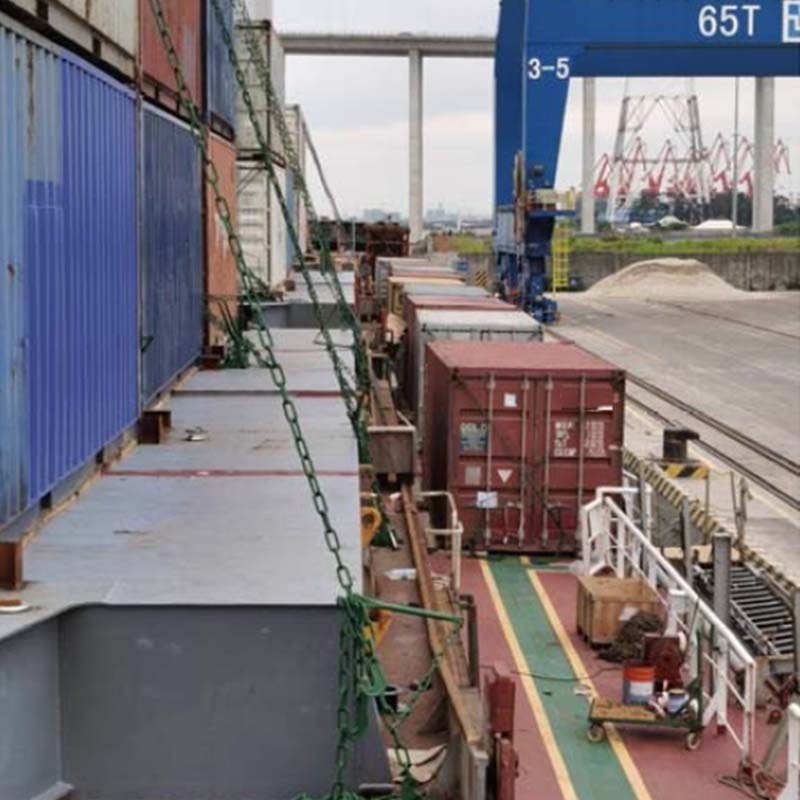Carriage of Containers on Dry Bulk Vessels - Things to consider
Further to Notice to Members No. 6 2021/2022 the Club continues to receive queries about this trade and especially how it may be carried out safely. The aim of this article is to highlight the practical aspects that need to be taken into account and measures that should be taken. It does not consider the legal aspects where Members should seek external counsel from a qualified party.
Individual cases will vary widely so the following should not be taken as exhaustive but as an aide memoire for the major factors that need to be addressed.
- Bridge visibility needs to meet SOLAS requirements.
- Vessel stability including bending moments and shear forces to be verified as within limits.
- Container stacking weights – check CSC plate for maximum allowable – US 53 foot containers are usually significantly lower than standard ISO containers.
- Strength of tanktop/hatch covers/deck plating – remember all the weight of a container is distributed between the corner posts so the overall area of the container should not be used for this calculation.
- The weight distribution mechanism through a container’s framework components to the bottom corner castings must not be obstructed by exterior dunnaging arrangements that are placed to spread the overall load profile across the tanktop/hatch covers/deck plating.
- Master and crew need to be trained and familiarized with the carriage of containers.

Picture from: Shanghai Double Hope Surveyors
- Lashing and securing of the containers. Additional lashing points will most likely need to be fitted – hot work permits to work are required for installation and lashing points need to undergo non-destructive testing.
- Cargo Securing Manuals (CSM) on bulk carriers will not normally consider container carriage and where multiple voyages are contemplated the CSM will need to be updated and approved by Class.
- In all cases lashing should comply with IMO Code of Safe Practice for Cargo Stowage and Securing (CSS Code) requirements and best practice. Lashing points are not to be overburdened, 1 lashing per ‘D’ ring should be the aim.
- Weather routeing needs to be adopted and limiting factors set at an appropriate level for the carriage of containers.
- Dangerous Goods need to be segregated and stowed as per IMDG code requirements and the vessel’s own Document of Compliance for Carriage of Dangerous Goods.
- SOLAS chapter II-2 regulation 10.7.1.4 allows many bulk carriers to trade in certain solid bulk cargoes (see MSC.1-circ. 1395-rev.4) without being fitted with a fixed fire-extinguishing arrangement in the cargo spaces. This exemption will not extend to carriage of laden containers and dangerous cargoes. There is an argument that empty containers are of equivalent low fire risk and may thus qualify for an exemption, this will need to be taken up with and agreed to by flag State.
- SOLAS chapter II-2 regulation 10.7.3 allows that ships designed to carry containers on or above the weather deck that were constructed on or after 1 January 2016 are required to be outfitted with additional firefighting arrangements for carriage of containers on deck. Although bulk carriers are not designed to carry containers the additional equipment should be considered, particularly when multiple voyages with laden containers are contemplated. Again, this should be discussed with flag State.
- Flag State and Class approval need to be obtained.
- Bills of Lading to be correctly endorsed with a suitable clause for on deck carriage.
